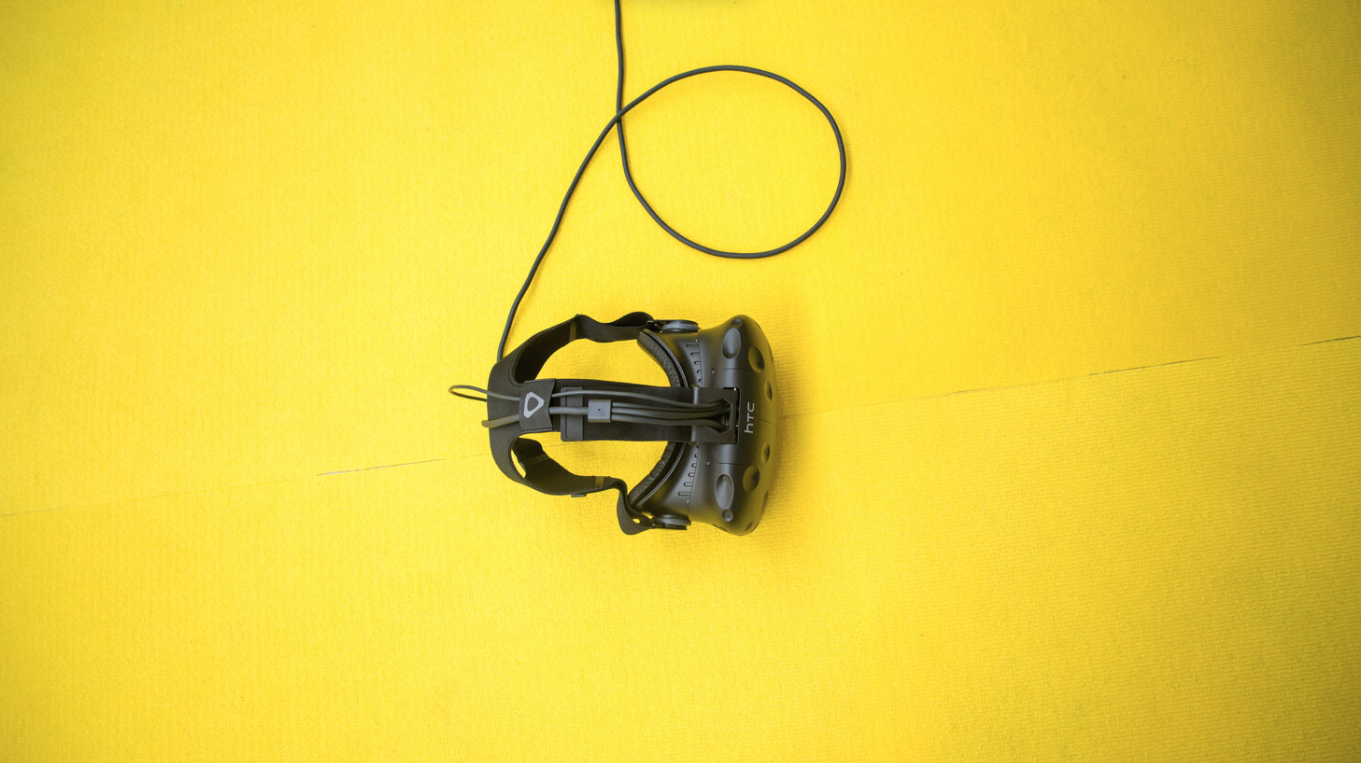The slow, slow rise of fast moving technology: VR and User Experience
With one slice of the planet currently charging headstrong toward a world where we all consume social media through obstructive welding goggles and the other half predicting a world where we play Minecraft in waiting rooms, it’s worth considering just how small a distance we’ve travelled and just how far we have to go with VR interaction in particular.
Movies like Tron, Lawnmower Man, and the Matrix may have introduced the magical concept of Virtual reality to mainstream audiences with their futuristic application and execution, but the movie that best represents the state of the industry today is probably Disclosure from 1994. And that’s a mildly depressing thought for all concerned.
Virtual and augmented reality are incredibly hard to get right both from a user experience and a user interface perspective. Disclosure is a good example of why. Two decades ago Michael Douglas put on a pair of virtual reality goggles to enter an artificially animated world where he could look at the company’s files and talk to the artificial intelligence of the computer while Demi Moore is busy deleting the files he needed to save his job. That was over twenty years ago.
It has taken that long to go from concept to some form of the same clunky reality. While computing power, display technology, motion detection components, environment sensing algorithms, industry standards, and content creation tools are now ripe and converging to fuel the boom in virtual and augmented reality, user experience and interface design and sadly lagging way behind. In short recreating 3D versions of existing interfaces and real world objects will not cut it and it will require a total rethink of how people will control and interact with digital content, especially when unable to see or navigate the “real world”.
User interface for VR will not be an extension of the file system we use today, it will not even feature a menu system we recognise because firstly we’re “inside” the menu, and secondly we’re navigating it by either a new form of physical device or via gesture / eye tracking. In fact a look back at the clip feels all too familiar. Entering a cathedral-style file storage facility and then accessing a digital recreation of paper file reminds us a lot of the Oculus beta store demos. Proof of concept: 1, Execution 0. Windows 95 would have been more useful for Catherine Zeta Jones’ better half.
So, next year, when all the new VR devices hit the market, everybody is going to go out and buy one, right? Not necessarily. Developers and content producers are going to have to get a huge piece of the puzzle right. If all we can do with AR and VR next year is the same things that are more efficient to do through a traditional medium like a computer or mobile device or even the TV in your living room, very few people are going to wear an awkward pair goggles to do it. Virtual Pub and Fart Apps aside, the road is a fascinating but very long one.
So who will provide longer term quality advances in the space to allow the industry to blossom?
Advertising will always, sadly, create short term solutions with no longer term benefit for the brand they represent. In fact over the coming months much of the industry will be responsible for pushing VR backwards. Experiences will be built in short-time frames, with limited budgets, by teams that are sadly unable to develop coherent VR interfaces or work with longer term product design in mind.
Companies will need learn to provide value through virtual and augmented reality by engaging product design teams such as ourselves to begin from the beginning - from the ground up. And build it as a customer-oriented product to address a specific issue in the sales loop.
For example, real estate really is more efficient to view in virtual reality for multiple reasons if none other than time spent travelling from one apartment to the next. Furniture really is more efficient to buy with augmented reality because you can visualise without purchase. Games can be more immersive, engaging, and spectacular with both technologies for many reasons that are apparent if only from a first person shooter perspective. Medical, entertainment, education and more will be revolutionised by it given time and space to fail.
Many industries will benefit over the longer term such as but here’s some we see to be ripe for quality product design:
Health
Entertainment
Education
Travel
Training / Simulation
So, why would VR provide a real benefit when it comes to the travel industry I hear you ask? Not only will virtual reality bring some significant changes to how the travel industry promotes itself, the use of in-flight virtual reality will change what we experience en-route.
There will be a lot of people who will seek virtual experiences in lieu of real ones, either because they can't afford the real ones, or are physically incapable of experiencing them live, or simply risk averse to the dangers of certain locations on the planet.
The question is, how on earth do we navigate it? Ideas are more than welcome...

